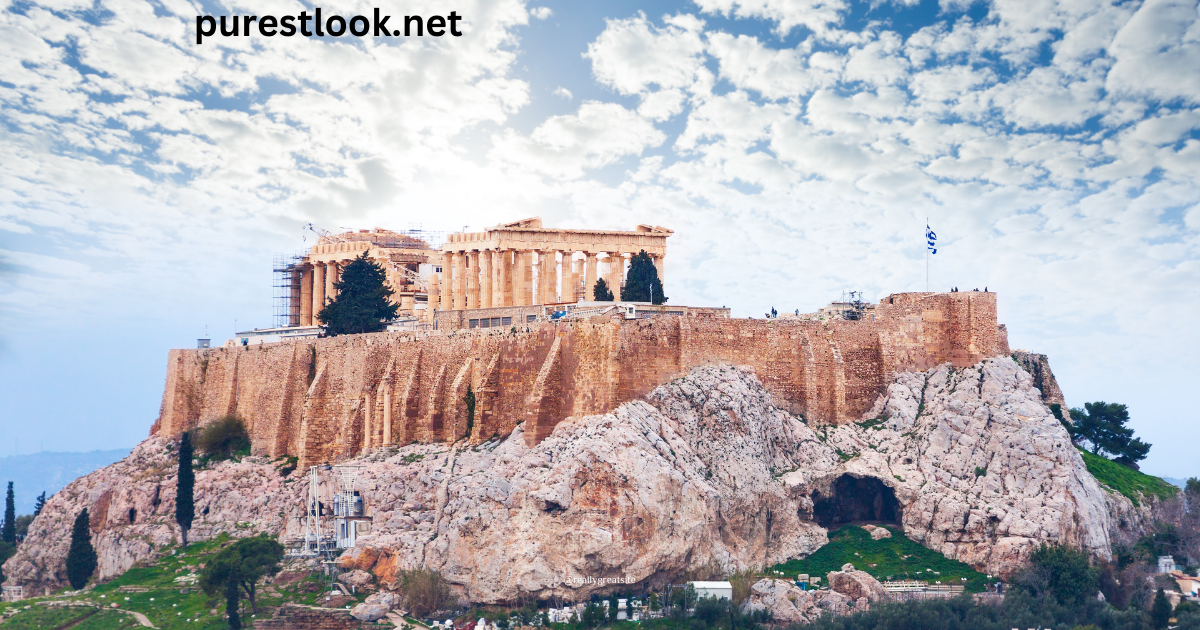The Areopagus, often referred to as Mars Hill, holds a significant place in both history and religious texts, notably in the Bible where Paul delivered his famous sermon. Understanding its appearance and role during Paul’s day provides insights into ancient Athens and its cultural, legal, and religious frameworks.
The Areopagus: An Overview
The Areopagus was a prominent rock outcrop near the Acropolis in Athens, Greece. Known for its function as a court and meeting place, it was central to Athenian governance and philosophical discourse.
Key Features of the Areopagus in Paul’s Day
| Feature | Description |
|---|---|
| Location | Near the Acropolis in Athens |
| Structure | Rocky hill with steps carved into stone |
| Use | Judicial and religious discussions |
| Associated Figures | Socrates, Paul |
What Did the Areopagus Look Like in Paul’s Time?
The Areopagus in the 1st century AD was a natural rock formation shaped by centuries of use. Below are its key physical and functional characteristics:
Physical Appearance
- Rocky Terrain: The hill featured a rugged landscape with worn steps carved into the stone.
- Proximity to the Acropolis: Located west of the Acropolis, it offered panoramic views of Athens.
- Assembly Space: Areas of the rock were flattened to accommodate gatherings.
Cultural Significance
The Areopagus served as a hub for philosophical debate, legal proceedings, and discussions on religion, making it a vital part of Athenian life.
The Role of the Areopagus in Paul’s Sermon
Paul’s visit to the Areopagus, as described in Acts 17:22-31, was a pivotal moment for early Christianity. His sermon highlighted the cultural and religious diversity of Athens and introduced the concept of a monotheistic God to a polytheistic society.
The Areopagus as a Legal and Cultural Hub
Judicial Role
The Areopagus functioned as a high court, particularly for cases of homicide and religious matters.
| Function | Description |
|---|---|
| Homicide Trials | Tried serious criminal cases |
| Religious Cases | Judged disputes on religious practices |
| Philosophical Debates | Discussed new ideas and ideologies |
Religious Discussions
- Altars and Temples Nearby: The area was surrounded by altars dedicated to various gods, reflecting the city’s religious diversity.
- Paul’s Address: Paul referenced the altar to the “Unknown God,” using it as a starting point for his sermon.
Architectural and Environmental Details
Steps and Pathways
The Areopagus was accessible via steps carved into the rocky surface. These pathways led to open spaces used for assembly.
Surrounding Landmarks
| Landmark | Distance from Areopagus | Description |
|---|---|---|
| Acropolis | ~200 meters | Dominant hill with iconic temples |
| Agora | ~400 meters | Marketplace and social hub |
| Temples | Varies | Numerous temples dedicated to Greek gods |
Conclusion
The Areopagus during Paul’s day was a vital center of activity in ancient Athens. Its rugged terrain, proximity to key landmarks, and role in shaping cultural, legal, and religious discourse made it a significant location. Paul’s sermon there not only left a historical mark but also bridged ideological gaps between Greek philosophy and Christian theology.
Understanding the Areopagus provides a window into the world of ancient Athens, offering insights into its rich history and cultural complexities.
FAQs
What was the Areopagus used for in Paul’s day?
The Areopagus was used for legal trials, philosophical discussions, and religious debates. It was a key meeting place for Athenian leaders and thinkers.
How did the Areopagus get its name?
The name “Areopagus” means “Hill of Ares,” the Greek god of war. It reflects the site’s ancient ties to mythology and justice.
Why is Paul’s sermon at the Areopagus important?
Paul’s sermon introduced Christian theology to a diverse audience, bridging cultural and religious divides in Athens.
What was the significance of the altar to the “Unknown God”?
The altar symbolized the Athenians’ acknowledgment of a deity they did not fully understand. Paul used it to discuss monotheism.
What landmarks surrounded the Areopagus in Paul’s time?
The Areopagus was close to the Acropolis, Agora, and various temples, making it central to Athens’ cultural and religious life.
